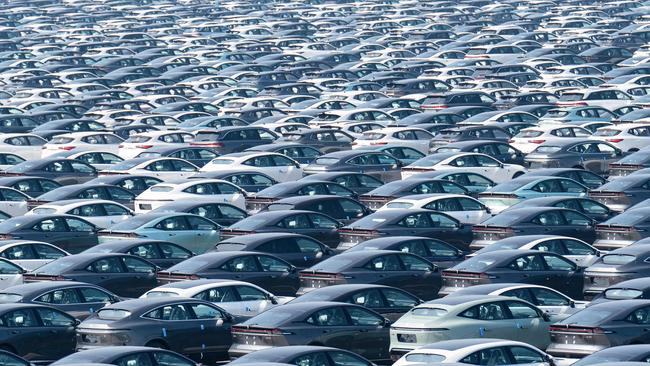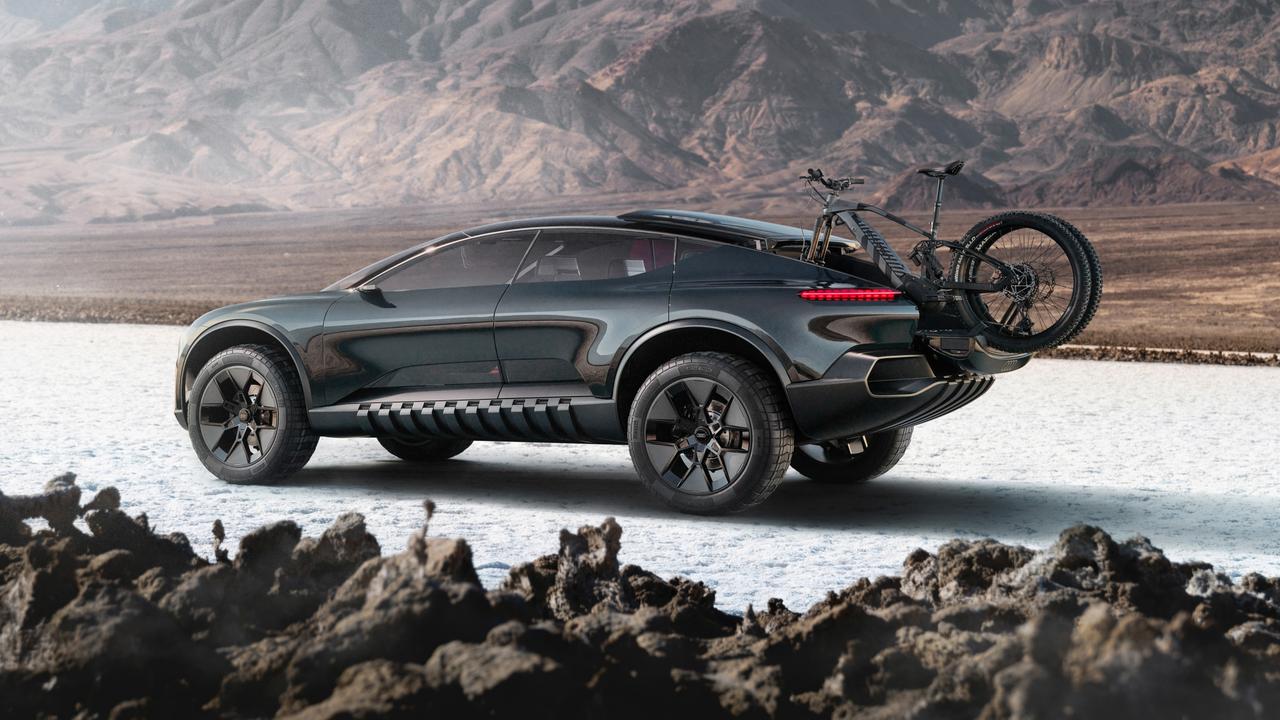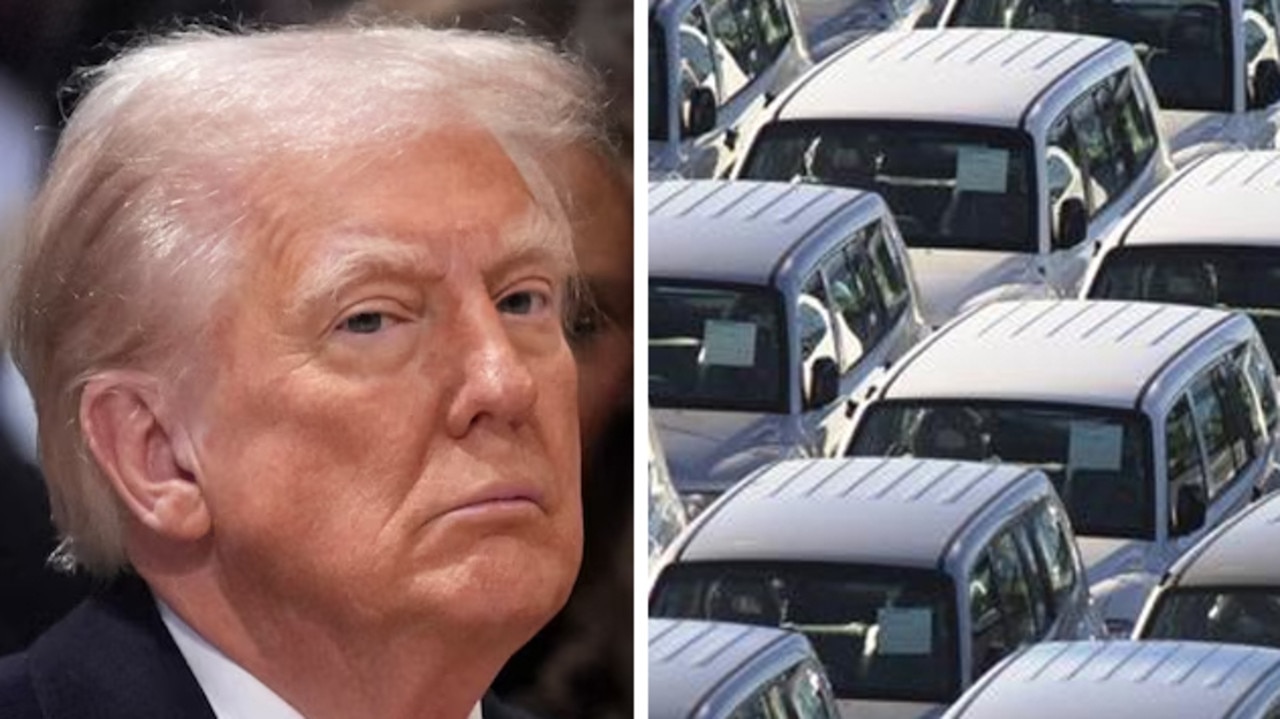Buying EVs alone won’t save the planet
The transition to EVs is not just about using electric power, it is also about building better cars and making it less resources-intensive, a panel was told at SXSW in Sydney.

In a world where they are sold as a universal panacea for the climate crisis, it comes as almost an electric shock to hear someone from a car company speaking with absolute honesty about EVs, but that’s what Polestar did during a panel appearance at SXSW in Sydney.
“Even if we all went electric tomorrow it would not be enough, we’d still overshoot the 1.5 degree of warming climate goal by 50 per cent as an industry, and our industry is responsible for 15 per cent of all greenhouse emissions,” Jonathan Williams, Polestar’s Australian head of marketing, told an open-mouthed crowd.
“We have to remember that it’s not just about what comes out of the tailpipe (nothing, in the case of EVs, as they don’t have one), it’s about how we power these cars – and we’re not blessed with a very green grid here in Australia – and how we make theses cars, because making an EV is currently an carbon-intensive process.
“As a result, when you buy an EV, almost half of its lifetime emissions have happened before it hits the road. Think about that.
“The transition to EVs is not about more cars, it’s about building better cars, and changing the whole relationship we have with car ownership. Building cars is intensive on resources and in the future cars will have to work a lot harder than the last generation.”
But what about Norway, you could hear the EV-loving crowd whispering to each other. Well, Ed Lynch-Bell, head of emerging technology at EV-charging company Evie, had some hard facts to offer about them as well.
Currently, 93 per cent of new cars sold in Norway are EVs, compared to 8.7 per cent in Australia.
“But despite those incredible figures, Norway is still going to miss its targets for decarbonising, and that’s because only 5 per cent of all transport fuels in that country have been displaced by EVs,” Lynch-Bell explained.
Because the average lifespan of a vehicle is 10 years, there are still plenty of old ones on Norway’s roads, and when you factor in commercial forms of transport still using old fuels, just 20 per cent of all the Nordic country’s road miles are driven by EVs.
When you buy an EV, almost half of its lifetime emissions have happened before it hits the road. Think about that.
“It takes 20 years to fully cycle a car out of the system and there just still aren’t that many EVs out there, particularly in Australia, so we have to think about how we can use the cars we have better, more intensively, to maximise the opportunity each car represents.
“It’s important to note that in the 1970s, average car occupancy was 2.2 people per vehicle, now it’s down to 1.07, so we’re using more vehicles to transport more people.”
This, of course, caused Rob Chan, head of strategy for car-sharing company Turo Australia, and also on the SXSW panel on Steering the Transition to EVs, to pipe up and point out that his company is committed to putting the world’s 1.5 billion cars to better use.
“For every car we share, 10 cars come off the roads,” Chan insisted. “Car sharing decreases our reliance on one-car ownership, and it’s also a catalyst for people to try an EV, because when people get one from us, they tend to take it for four days, so it’s not just test driving one, it’s living with one.”
An even better way to get people interested in EVs, according to Polestar’s Williams, is to give both incentives and disincentives.
“We have some incentives to buy an EV – and a lot of people don’t know this, but in NSW you can drive in the transit lanes if you have an EV, but it’s not well-publicised,” Williams said.
“Then there are the rebates, which are very different in different states, from 20 per cent in Canberra to 9 per cent in NSW, but we don’t have any of the disincentives that other countries have used successfully, and that’s all about emissions standards.
“People have no reason to stop buying polluting vehicles, in fact we still incentivise ute sales through our tax system. Until we start introducing disincentives, we will plateaux in terms of EV sales. We are now the last place in the world not to have emissions standards.
“In Australia, you can burn the dirtiest fuel there is without any penalties. We are the place that all the world’s dirtiest vehicles have ended up because they can’t sell them anywhere else.
“We need emission standards to send a message to the market, ‘we’re not going to sell your polluting vehicles any more’.
“We are an outlier, globally, and we’re still a way off having anything concrete, but at least the federal government is talking about it.”


